Bachmann 32-227CSF LMS Fowler 3F (Jinty) 16564 LMS Black Steam Locomotive - DCC Sound

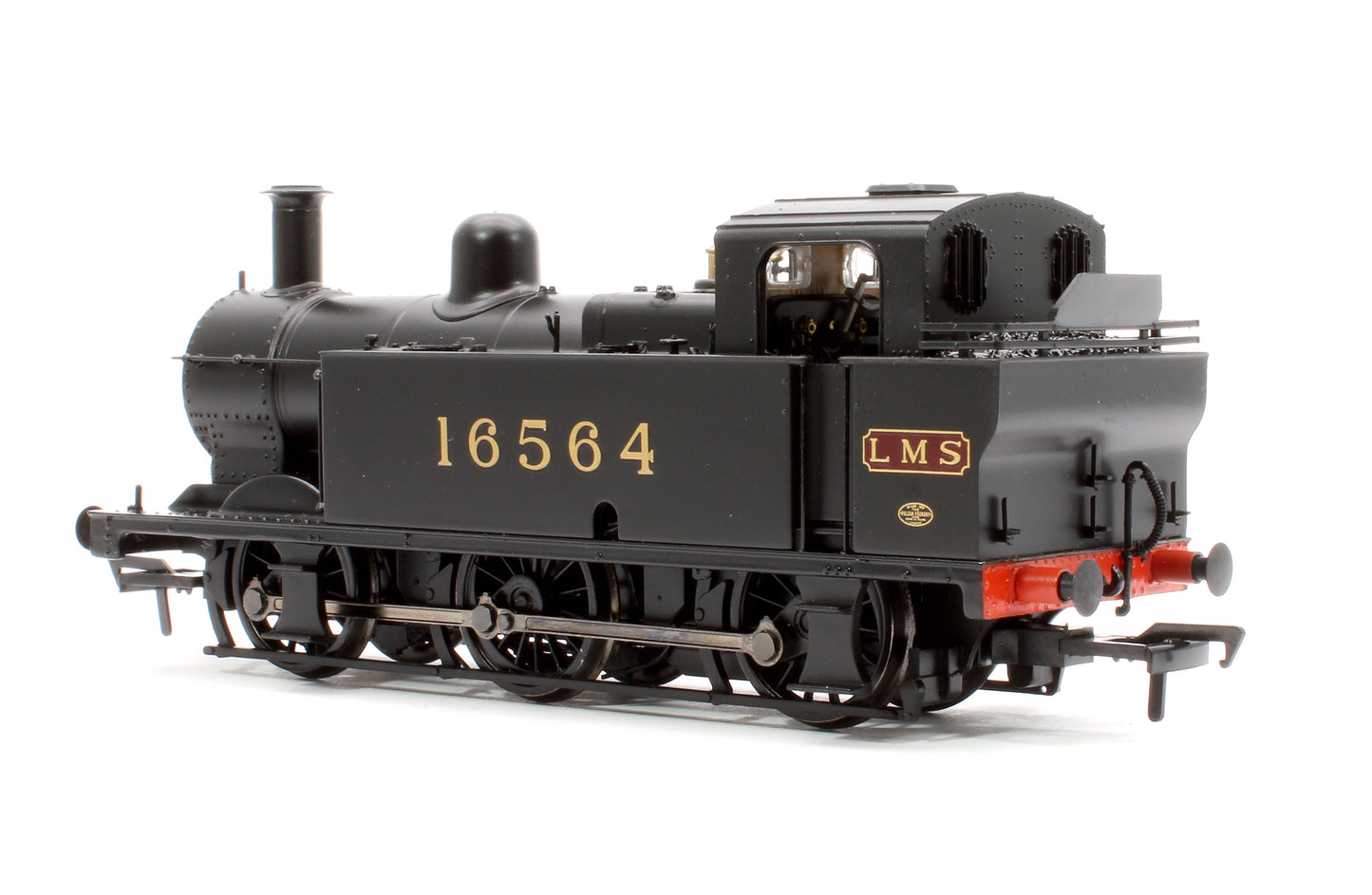

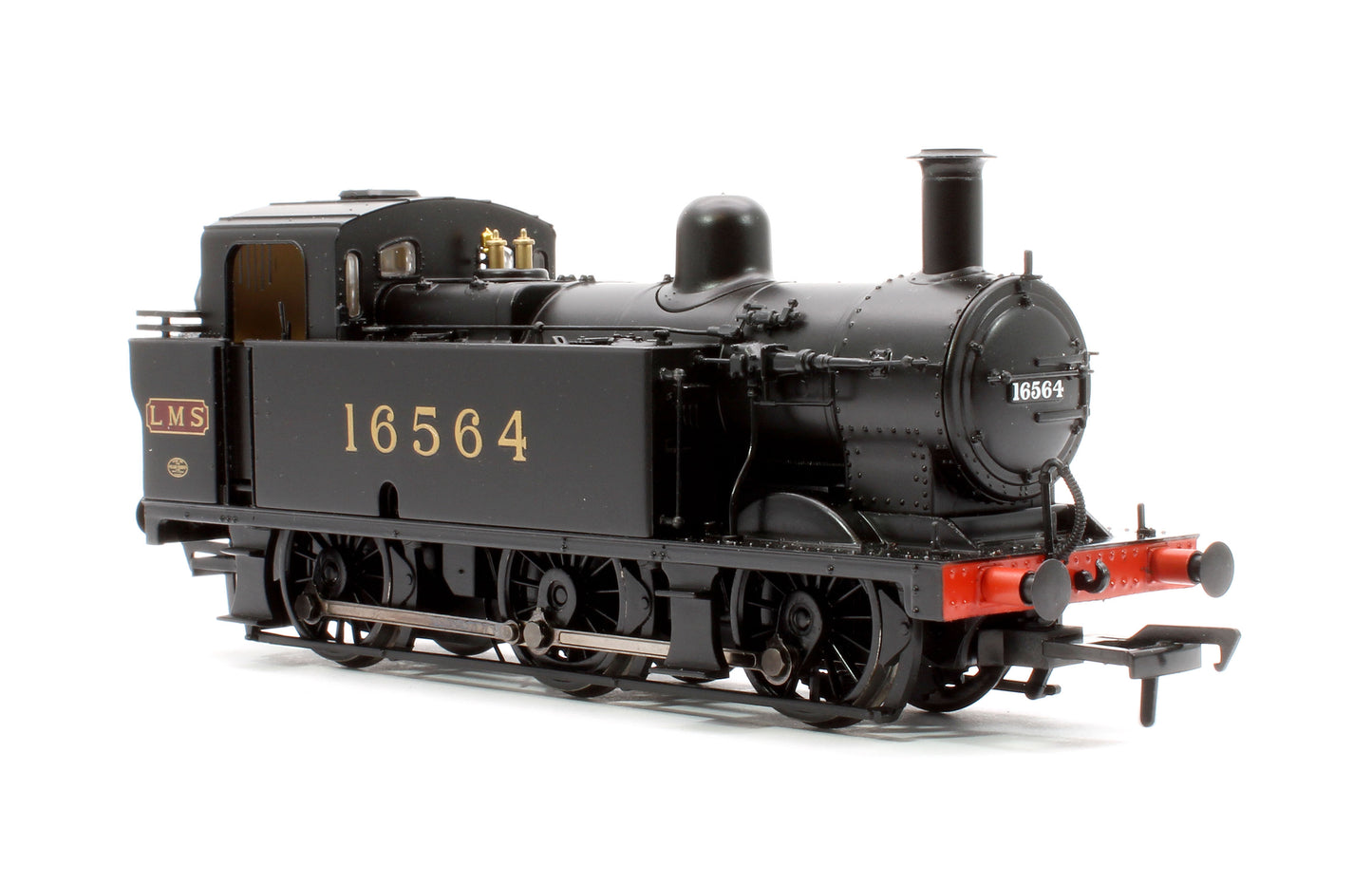
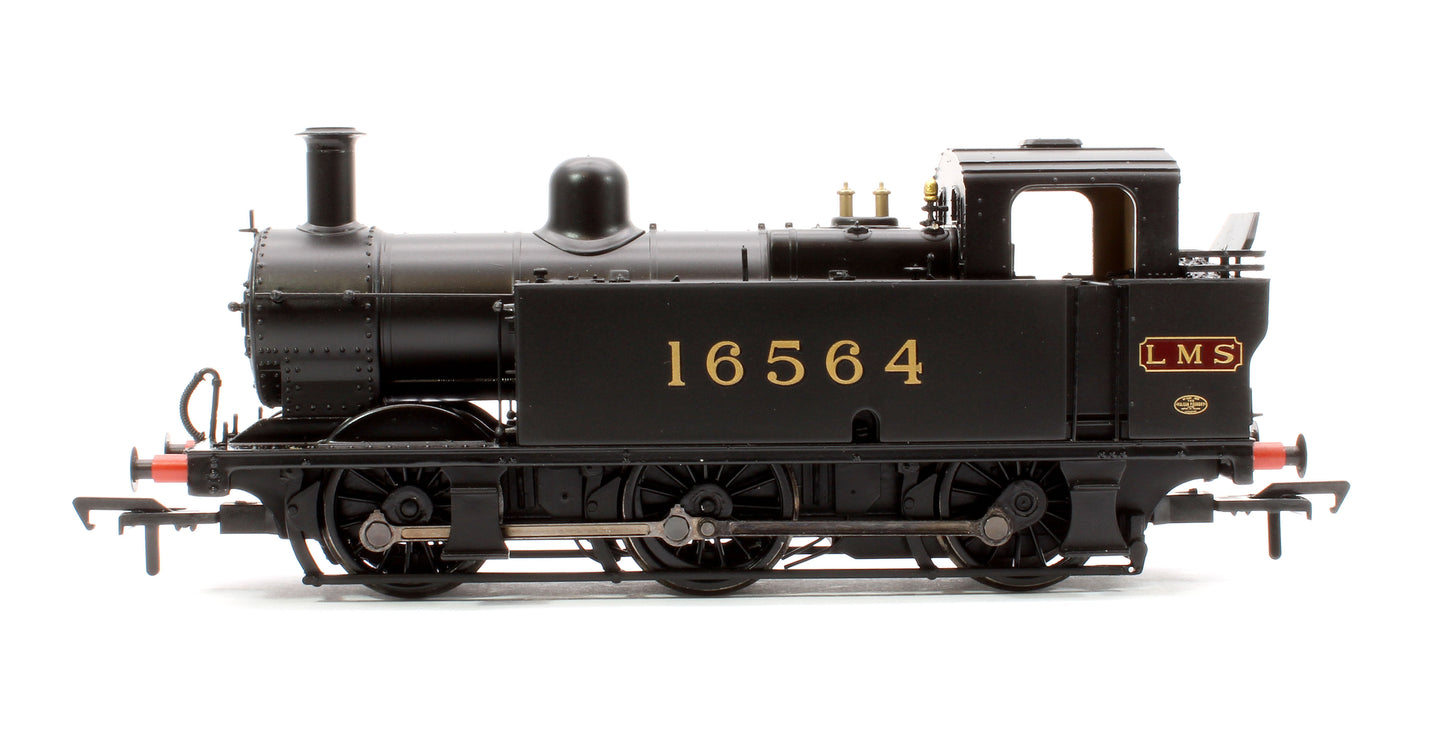
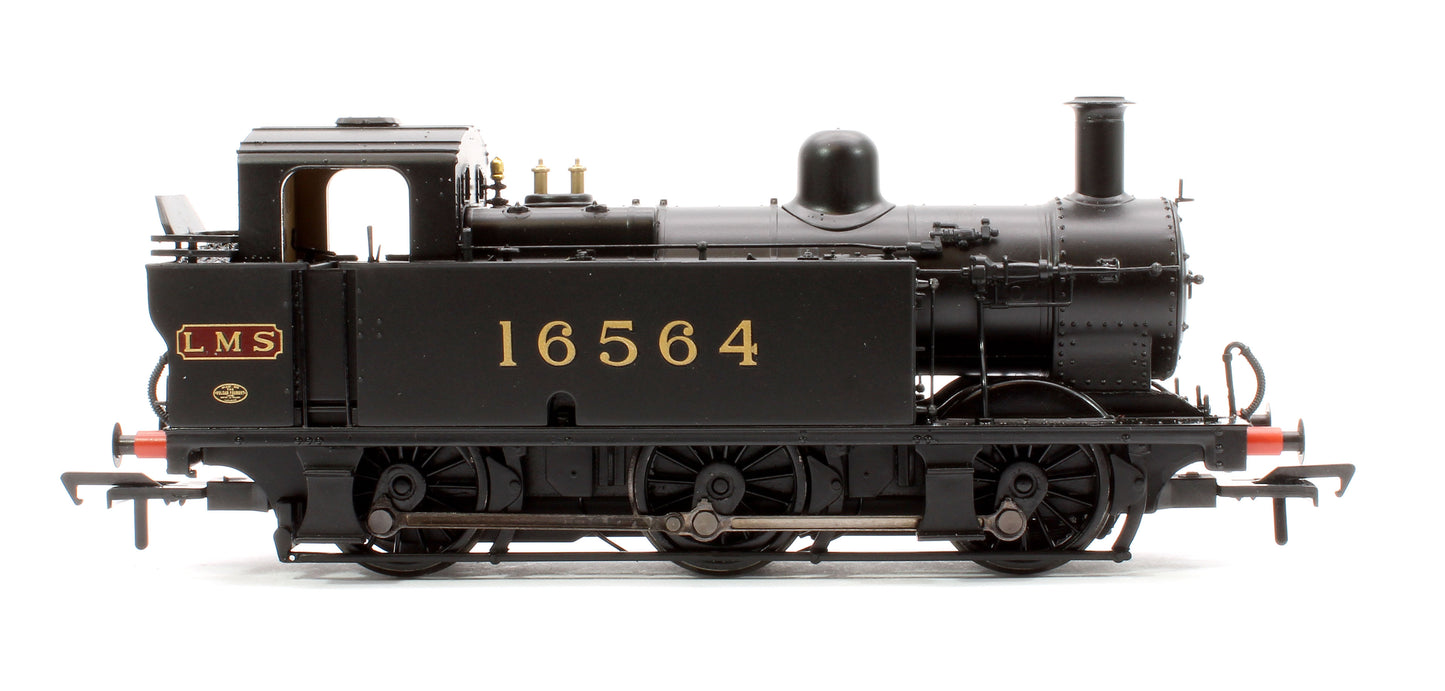
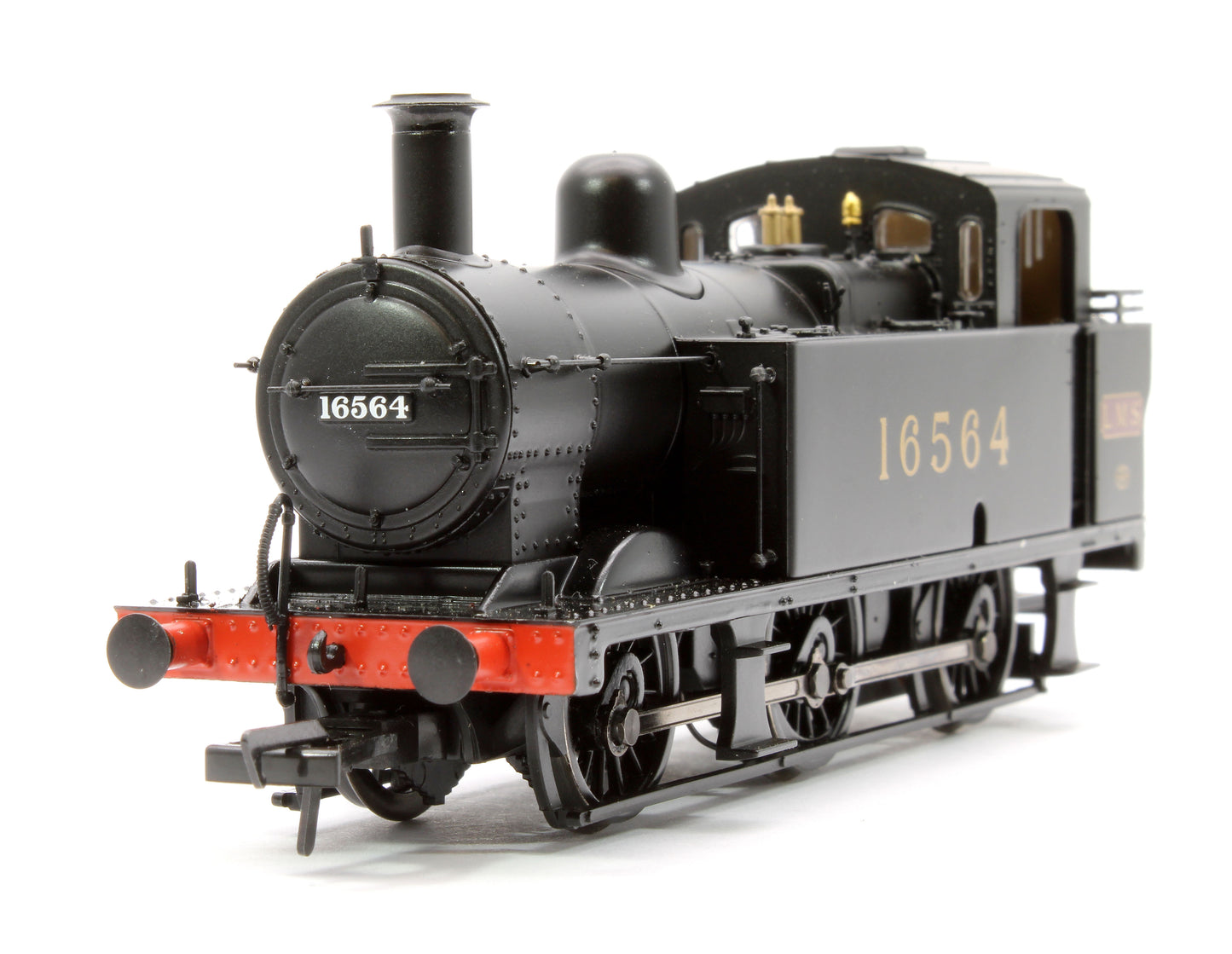
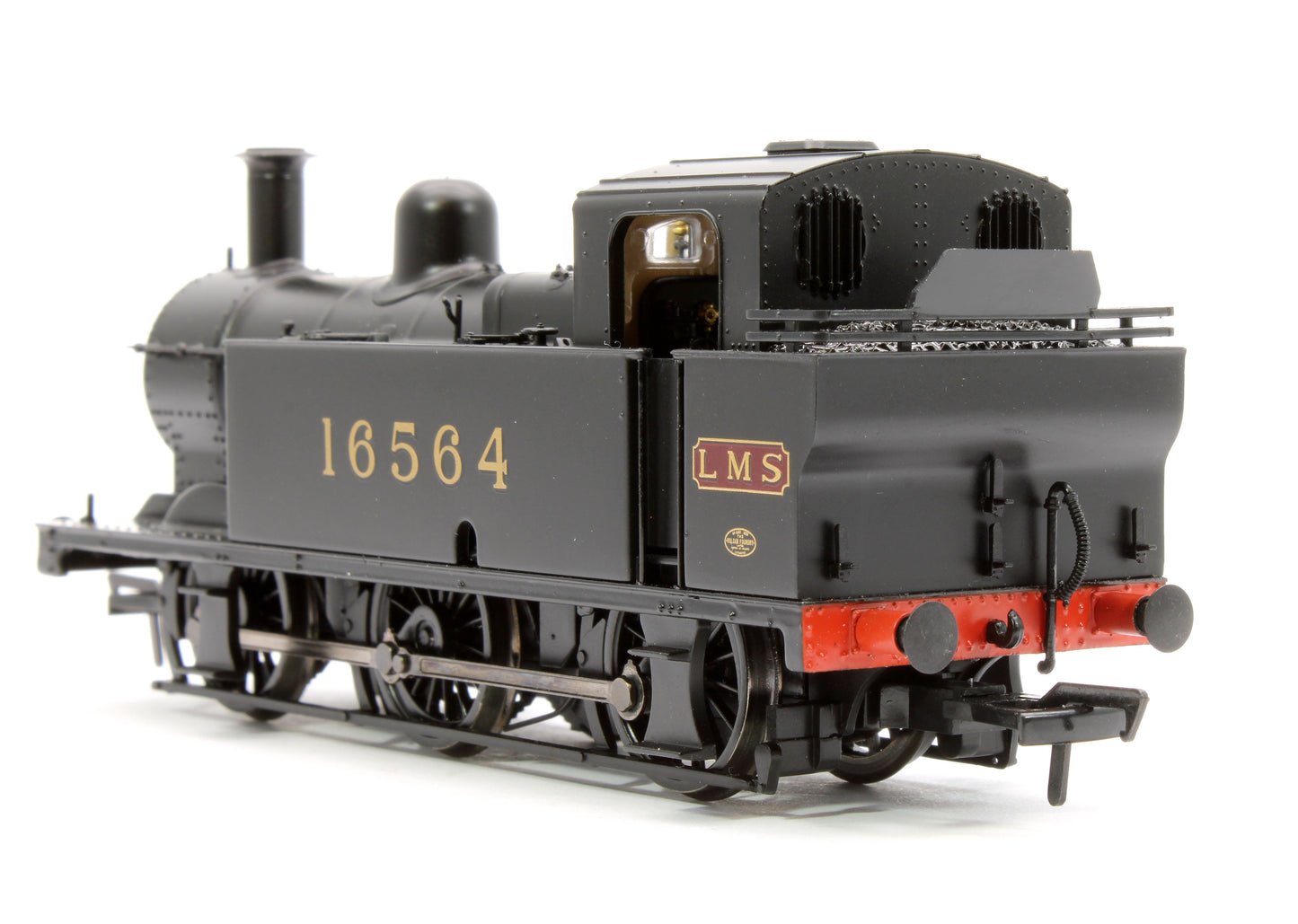
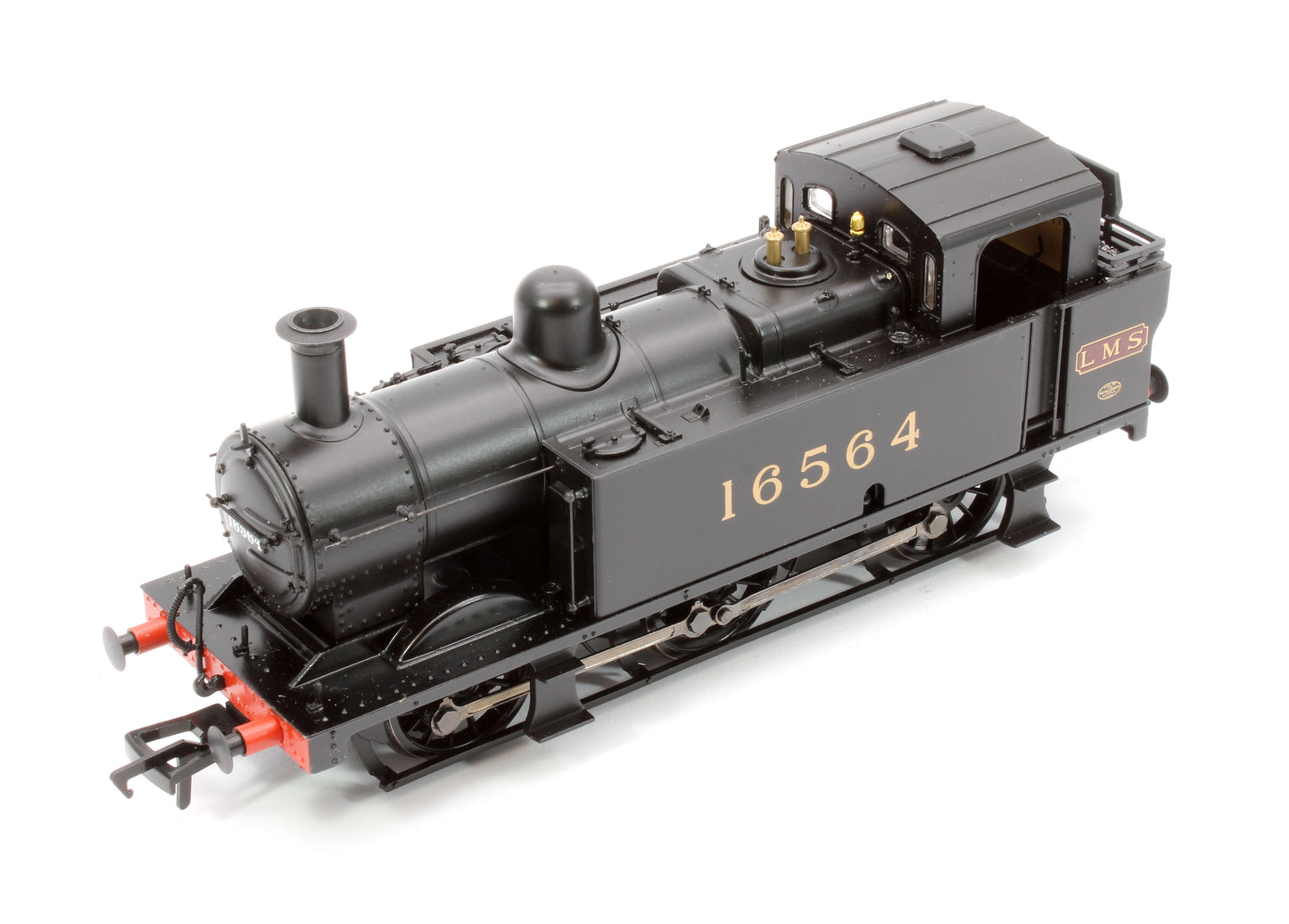
Product Details
| SKU | BAC-32-227CSF |
|---|---|
| Vendor | Bachmann |
| Categories | Bachmann Bachmann OO Gauge Bachmann Summer 2024 Announcements Best selling products DCC Sound Fitted Era 3 HO-OO In stock Items Latest Releases Locomotives New products OO Gauge Latest Releases OO Gauge Locomotives OO Gauge scale OO Gauge Steam Locomotives Product Options Steam Locomotives |
| Scale | OO Gauge |
| Share | |
| Features |
|
Product Description
The ‘Jinty’ is a timeless classic and we are delighted to welcome this LMS workhorse back to the Bachmann Branchline OO scale range with this model of No. 16564 in LMS Black livery. Taking advantage of the technical upgrades undertaken to the popular Branchline model a few years ago, this ‘Jinty’ features a powerful 3 pole motor and being SOUND FITTED, is supplied with a Speaker and DCC Sound Decoder pre-fitted.
The Bachmann Branchline model combines a chassis that is sure to provide smooth and powerful running and which is detailed with brake blocks, brake rigging, sandboxes and sandpipes, with a high fidelity bodyshell that is mounted to a diecast running plate. The model is adorned with numerous separately-fitted detail parts including the handrails, lamp irons and vacuum pipes, whilst the safety valves are also separate additions and are of metal construction. Inside the cab a detailed boiler back-head can be found, decorated to the same high standard as the exterior of the model with its exquisite livery application using authentic colours, logos and fonts.
MODEL FEATURES:
- Bachmann Branchline OO Scale
- Era 3
- Pristine LMS Black livery
- Running No. 16564
- Running Plate-mounted Sandbox Fillers, accessed via the Water Tank Keyholes
- NEM Coupling Pockets
- Sprung Buffers
- Powerful 3 Pole Motor
- SOUND FITTED - Fitted with a ESU LokSound Micro V5DCC Sound Decoder - See below for the function list
- Length 127mm
SOUNDS:
F1 - Sound On/Off
F2 - Brake (Non-Latching)
F3 - Cylinder Drain Cocks
F4 - Whistle (Playable)
F5 - Normal Load / Heavy Load
F6 - Firebox Door
F7 - Injectors
F8 - Whistle
F9 - Flange Squeal (Speed Related)
F10 - Shovelling Coal
F11 - Blower
F12 - Handbrake
F13 - Water Tank Filling
F14 - Coupling/Un-Coupling Clank
F15 - Safety Valve
F16 - Guard's Whistle & Driver’s Response Toot
F17 - Coasting
F18 - On - Fade Sound Out / Off - Fade Sound In
F19 - Shunt Mode (Reduces Speed)
F20 - Acceleration/Deceleration Inertia Off
F21 - Volume Control (LATCH = Mute) or (TRIGGER = Cycles 6 Volume Levels)
F22 - Rail Clank
F23 - Rod Clank
Analogue Users: Normal-load running sounds, acceleration steam chuff sounds and any other automatic and randomised sounds can be enjoyed when using this model on analogue control (DC) straight from the box - these sounds will play automatically when power is applied!
CLASS 3F ‘JINTY’ HISTORY
The origins of the ‘Jinty’ can be traced back to the Midland Railway’s Chief Mechanical Engineer (CME) S.W. Johnson and his 2441 Class locomotive. After the formation of the London Midland & Scottish Railway (LMS), Sir Henry Fowler, deputy CME of the LMS at the time, took the 2441 Class design and added a Belpaire firebox and improved cab, creating the ultimate development of the Midland Railway’s six-coupled tank engines. A total of 422 ‘Jinties’ were built from 1924 until 1931 with production spread between the LMS and various sub-contractors. The locomotives were versatile, at home shunting in stations, yards, and exchange sidings as well as on trip workings. They could also be found on passenger services and seven saw service on the Somerset & Dorset Railway until 1930 when they were absorbed back into LMS stock. The entire Class survived to Nationalisation, with the first withdrawals in 1959 brought about by the introduction of new diesel shunters. Soon, more and more locomotives were withdrawn and by 1964 less than half remained in traffic. The final examples were withdrawn in 1967, however nine have been preserved.








